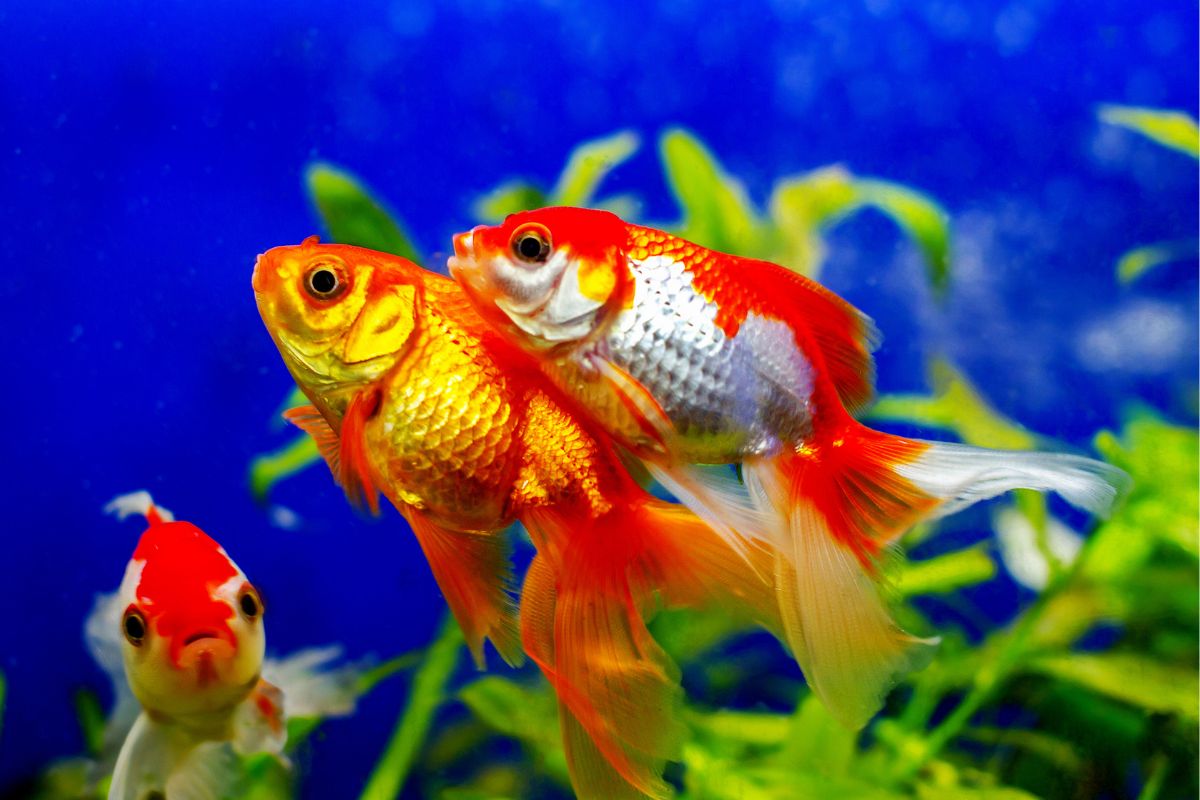Pet ownership is very rewarding, but not everyone has the time or space needed to care for pets. Thankfully, certain animals are easy pets to take care of in an apartment or smaller home. With the right type of pet, you can enjoy companionship without any extra hassle.
Whether you like cuddly animals or would prefer a pet that lives in a cage, there are many low-maintenance pets to choose from. All of these pets need some care from their owner, but none of these animals are demanding or difficult to care for.
8 Easy pets to take care of in an apartment
First and foremost, easy is really a relative term isn’t it? I mean, what’s easy to me or you, might be incredibly difficult to someone else. Or the other way around.
So the following list of pets are ones that are considered to be low enough maintenance that we’re calling them easy to take care of for most adults.
1. Fish
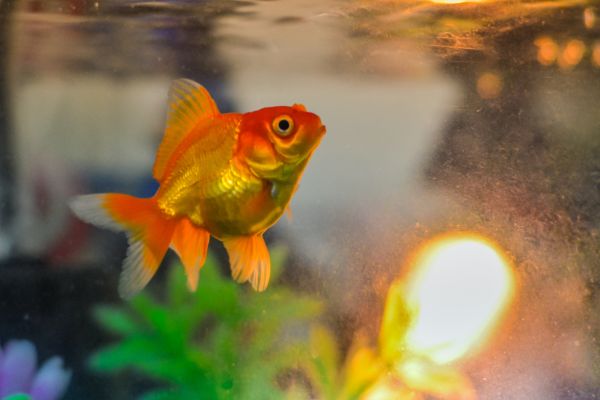
While different fish species have different needs, fish are generally one of the easiest animals to care for, especially if you live in apartment. Most fish just need food and a well-maintained aquarium with a water filtration system. Goldfish are famous for being easy pets, but other fish that are easy to care for include guppies and neon tetras.
If you’re looking for an easy pet, it’s best to avoid fish with more specific needs, such as pipefish or ribbon eels. It’s best to start off with a smaller freshwater aquarium with a few beginner-friendly fish. Remember that you can always add more fish later on!
Here are 5 popular pet fish for apartment living:
- Betta fish
- Neon tetras
- Guppies
- Corydoras catfish
- Cherry barbs
These fish are all suitable for smaller tanks and require low maintenance. However, it’s important to note that even low maintenance pets still require regular care and attention to ensure their well-being.
2. Hamsters
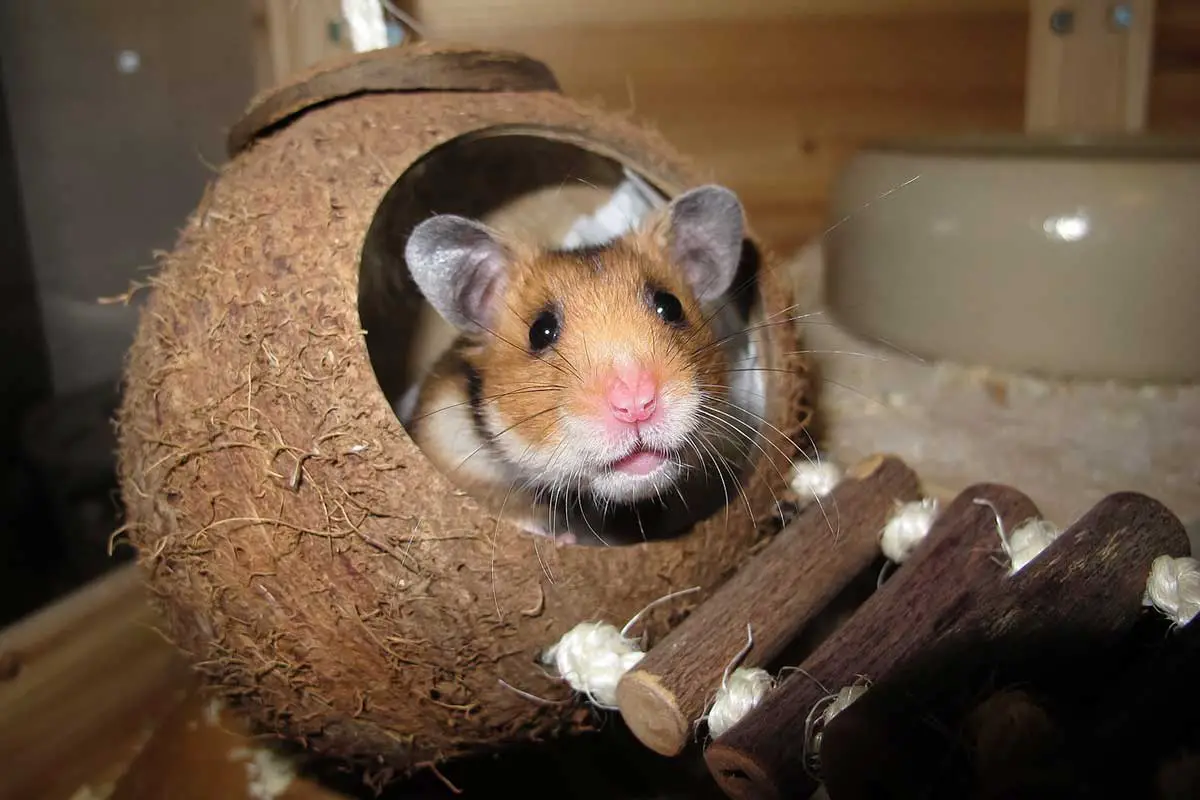
Image by Kira from Pixabay
You’ll need to provide hamsters with a suitable habitat before you bring one into your home, but as long as you have the proper cage, these rodents can be sweet and low-maintenance pets. Hamsters don’t take up much space, and unlike many other animals, they don’t require a lot of care throughout the day.
As long as you feed your hamster daily and clean out its bedding regularly, you can keep it healthy and happy. It’s also a good idea to let your hamster out of its cage from time to time. You can keep it in an enclosed ball so that it can explore without getting into trouble. Hamsters are pocket-sized pets that usually live for 2 to 3 years.
3. Lizards
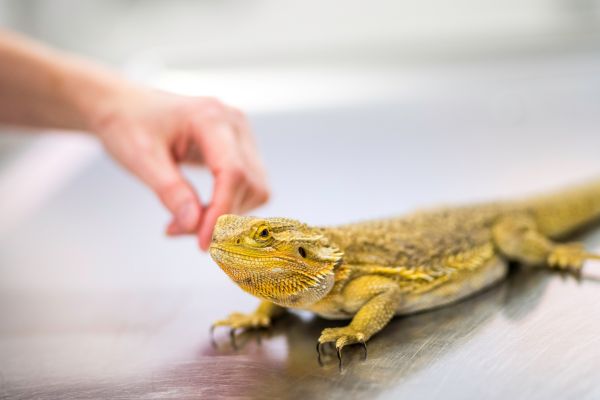
If you’re a fan of reptiles, there are many types of lizards that are happy living in small enclosures. Bearded dragons are docile, affectionate lizards that thrive in hot, dry, habitats. Geckos also make great pets, but they prefer humid environments. Some lizards need live food, but these reptiles are happy to keep in their enclosure.
Some lizards, like iguanas, can grow to be more than five feet long, so it’s best to stick with a smaller species if you’re concerned about space. Other types of lizards that thrive in apartments include chameleons, green anoles, and fence lizards. Just be aware that many lizards require live food, such as crickets or mealworms.
4. Cats
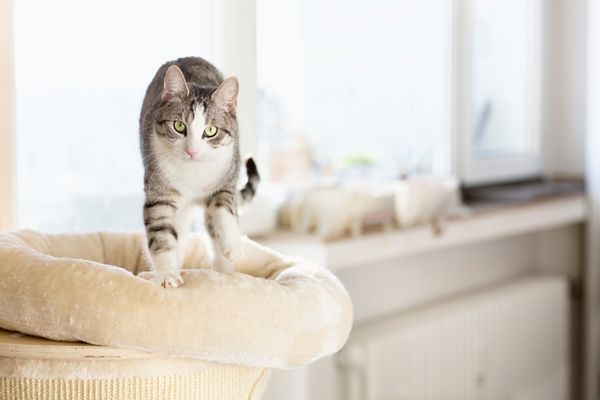
Even though cats are on the larger side, they’re independent animals that are happy to spend their lives indoors. Cats instinctively want to bury their own waste, so they’ll use a litter box without any problems. Your cat may approach you for affection or food during the day, but it’s normal for cats to sleep anywhere from 12 to 16 hours a day.
Cats are a wonderful source of companionship, but they don’t need constant care or attention the way that dogs do. As long as a cat has some cozy spots it can lounge in, it can do well in apartments of any size. You can even invest in food and water dishes that will keep your cat fed when you’re away from home!
5. Guinea Pigs
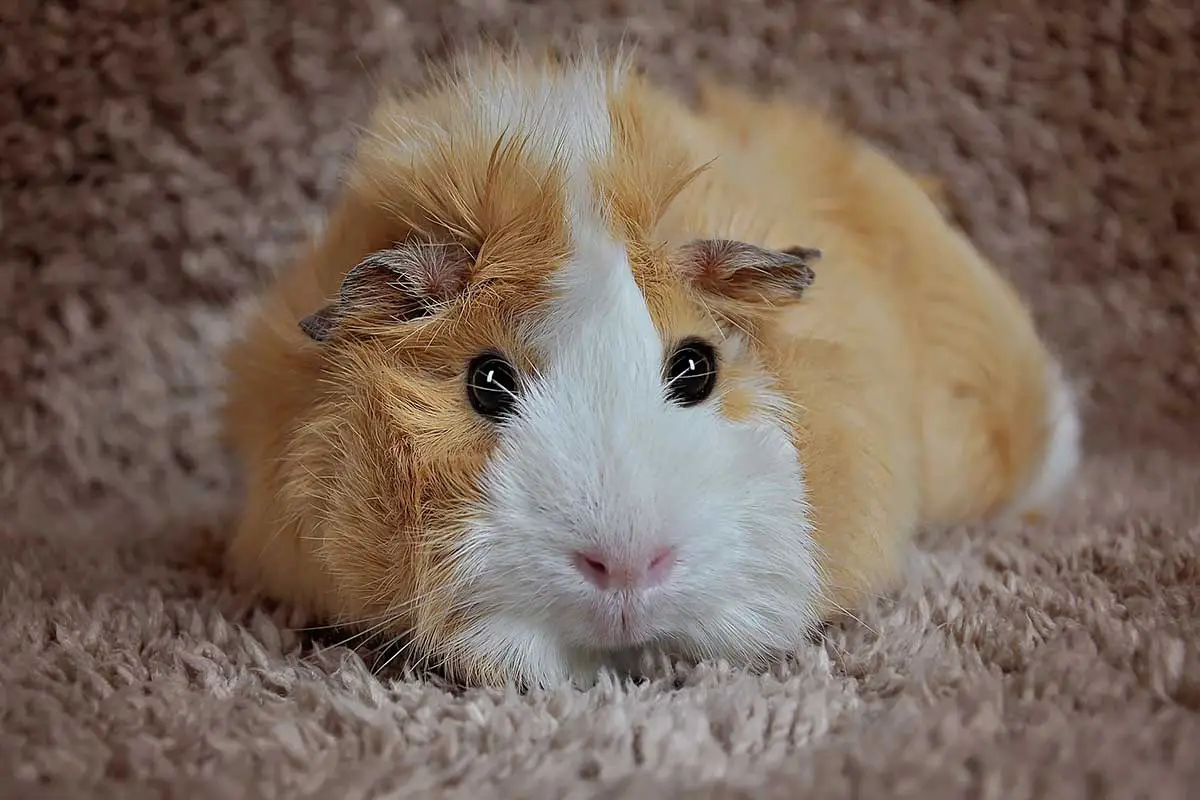
The guinea pig is a hardy animal that’s fairly easy to care for. Since guinea pigs are around 8 to 10 inches long, they’ll need a larger cage or enclosure, but they aren’t very demanding pets. As long as you can feed your guinea pig daily and clean its cage throughout the week, it should be happy.
Even though guinea pigs are low-maintenance, they’re also affectionate animals that love playing or cuddling with their owners. They’re not very fragile or skittish, so they can also be good pets for young children! Feeding your guinea pig is also relatively easy. They usually need fresh hay and fruits and vegetables.
Guinea pig breeds for apartment living:
- American guinea pigs
- Abyssinian guinea pigs
- Peruvian guinea pigs
- Skinny pigs
- Teddy guinea pigs
Guinea pigs are great pets for apartment living as they are small, relatively low maintenance, and don’t require a lot of space. However, it’s important to note that guinea pigs still require daily care and attention, including feeding, cleaning their cages, and providing them with social interaction and exercise. Additionally, guinea pigs can be noisy at times, especially when they are hungry or want attention.
6. Newts
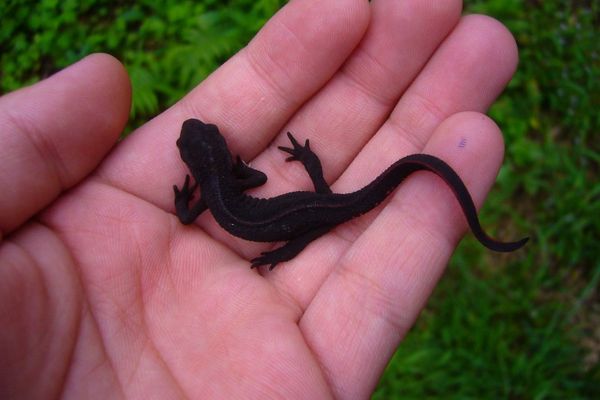
While newts look a lot like lizards, they’re actually amphibians! These aquatic salamanders are usually quite small and can comfortably live in a 10-gallon aquarium.
Not only are newts small, but they’re extremely quiet pets. If you keep newts in your apartment, you won’t have to worry about bothering your neighbors!
There are over 100 newt species across the globe, but only certain types of newts make good apartment pets. Fire belly newts are colorful and are easy pets to take care of in an apartment. Other newts that are beginner-friendly include Eastern newts and the California newt.
7. Birds

Certain types of birds, like the macaw parrot, are high-maintenance, but many birds are much easier to care for than furry or four-legged pets.
While smaller birds enjoy exploring apartments, many species are happy to spend most of their time living in a cage. Parakeets are a fantastic option if you want an easy pet, but other bird species, like canaries and lovebirds, also work well.
When you’re choosing a bird, it’s best to opt for a smaller species that doesn’t make a lot of noise. You might think that a single bird would be easier to care for, but many experts recommend keeping birds in pairs. Birds need companionship, but another bird can provide your pet with the socialization it needs.
5 popular pet birds for apartment living:
- Budgerigars (also known as parakeets)
- Cockatiels
- Lovebirds
- Canaries
- Finches
These birds are all suitable for apartment living as they are relatively small and don’t require a lot of space. However, it’s important to note that birds require a significant amount of attention and care, including regular cleaning of their cages, daily feeding, and social interaction.
Additionally, some birds can be noisy, so it’s important to research the specific species and their vocal tendencies before bringing them into an apartment setting.
8. Gerbils

While gerbils look similar to hamsters at first glance, these rodents are different in many ways. Unlike hamsters, gerbils have long, hairless tails.
Hamsters are nocturnal animals, but gerbils are most active during the day, making them a good pet for children. One thing gerbils and hamsters have in common is that they’re both low-maintenance pets!
Gerbils need a spacious cage with deep bedding and some toys to keep them busy. Since gerbils can jump, you’ll want to make sure that they cage is secure! You can feed gerbils pellets, seeds, and many types of fruit. If a gerbil gets the care it needs, it can live for more than 4 years.

